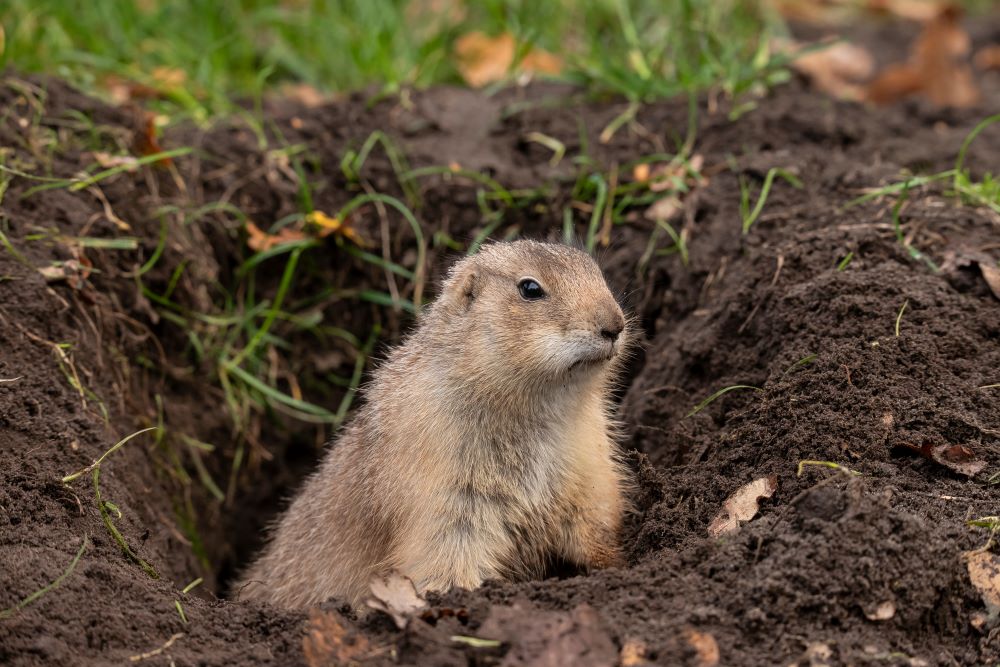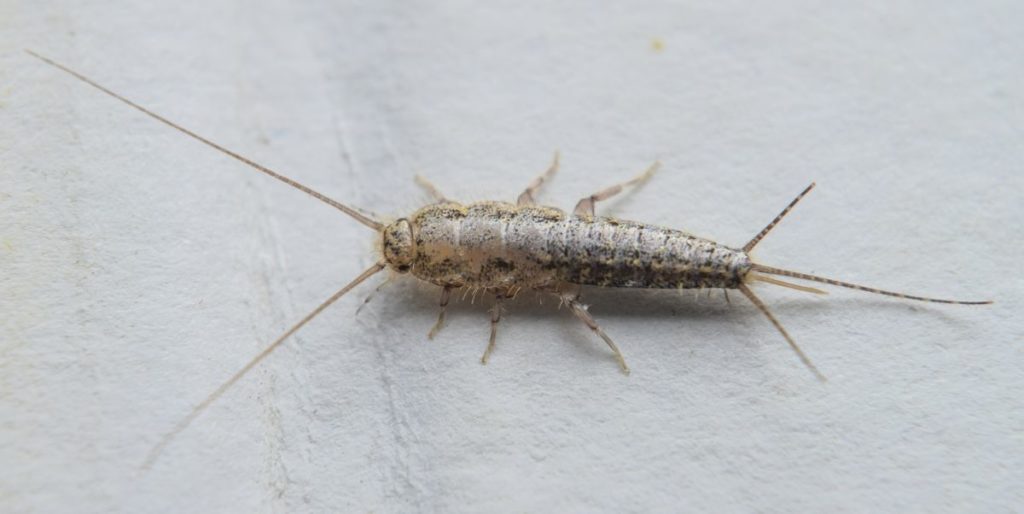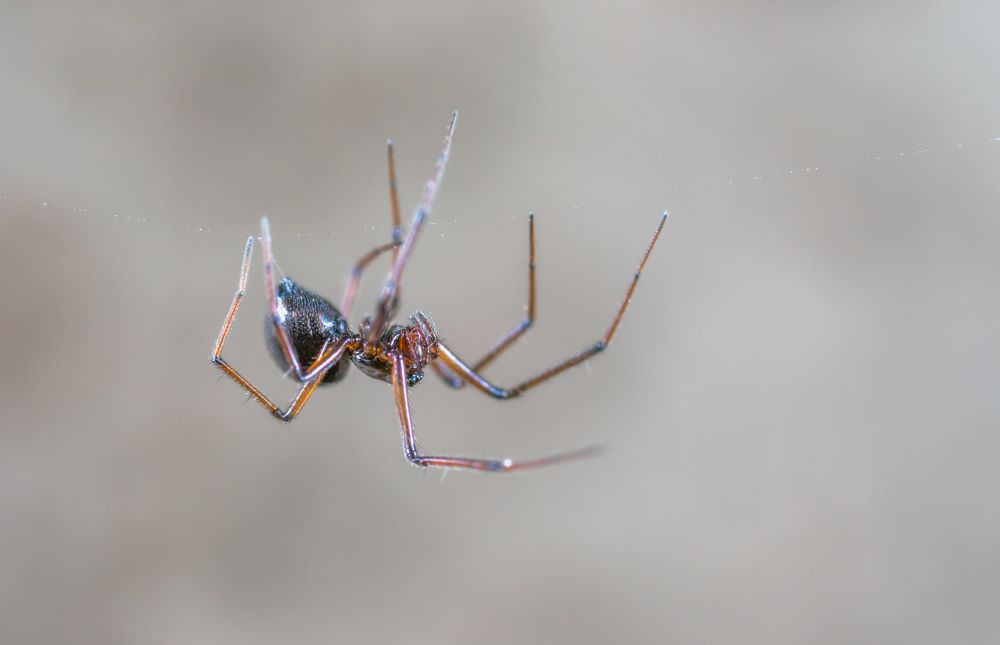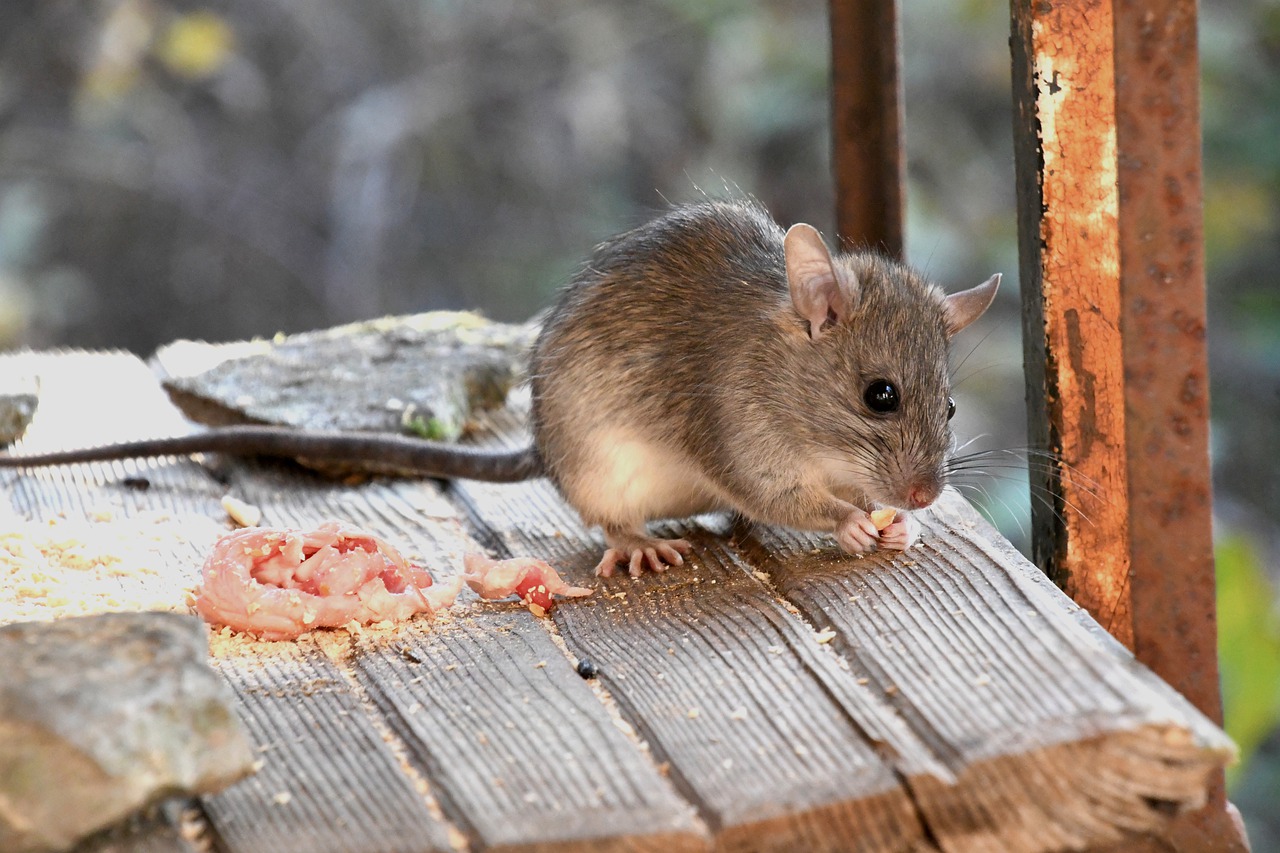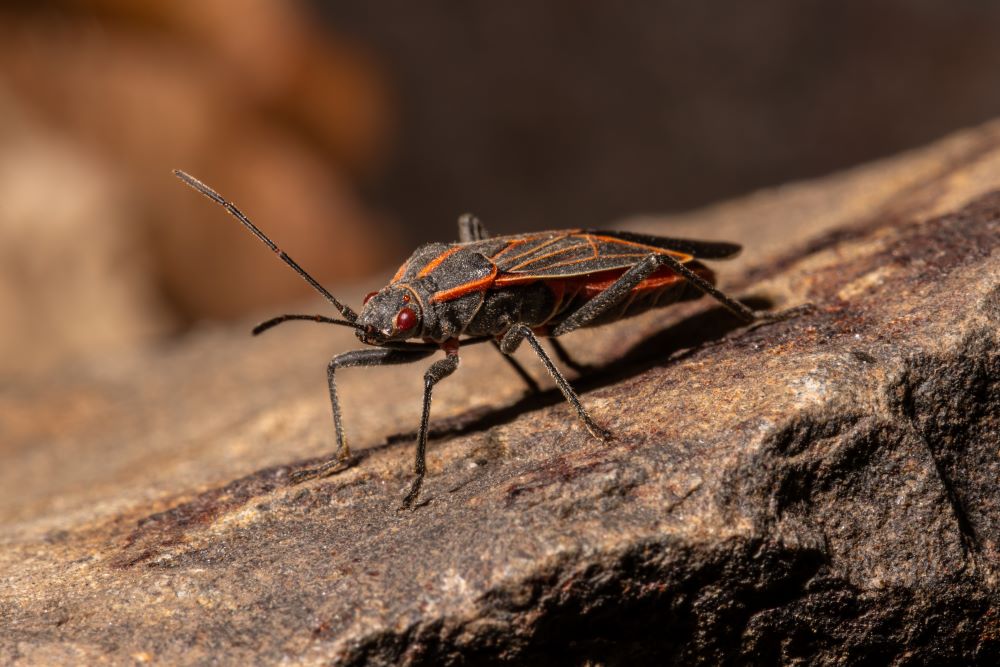
Have you ever wondered about the truth behind the behavior of boxelder bugs, and do boxelder bugs bite? Despite their prominent presence, especially on warm building exteriors during fall, boxelder bugs (Boisea trivittata) maintain a reputation for being non-aggressive insects that do not bite humans or animals.
Armed with the expertise of Recon Pest Services, this article dives deep into the habits of these strikingly marked insects, addressing the persistent question: Do boxelder bugs bite? We’ll also outline effective prevention and control methods to keep your space free from these unwelcome guests, ensuring your peace of mind.
Understanding Boxelder Bugs Behavior
Boxelder bugs are more of a nuisance than a threat, as they do not transmit diseases or cause significant structural damage to homes. Nonetheless, they can be bothersome due to the potential staining from their feces on light-colored surfaces and the visual discomfort of large numbers congregating in living spaces. Understanding their life cycle is crucial for managing their presence effectively. These bugs undergo incomplete metamorphosis, with three life stages: egg, nymph, and adult. You’ll notice two generations annually, with adults seeking shelter to overwinter as the cold sets in.
Prevention and control methods for these insects should focus on deterring home invasion since they cause minimal damage to landscape plants. Sealing entry points, maintaining cleanliness, and reducing outdoor hiding places are practical steps. While they may be attracted to buildings with significant southern or western exposure, especially during fall, remember that physical removal is the most practical control method once indoors. Chemical treatments are rarely necessary; instead, simple measures like vacuuming and washing with water are often sufficient to manage these seasonal visitors.
Do Boxelder Bugs Bite?
While it’s a common concern, instances of boxelder bugs biting humans are quite rare. However, it’s not outside the realm of possibility, especially if these bugs feel threatened. Here’s what you need to know about the potential of a boxelder bug bite:
- Defensive Bites: On the off chance that you find yourself on the receiving end of a boxelder bug bite, it’s likely a defensive action rather than an aggressive one.
- Symptoms: If a bite does occur, you might experience:
- Redness and swelling at the bite site
- Itching or pain
- A small rash that’s generally mild and resolves on its own
- Severity: Thankfully, severe reactions to boxelder bug bites are exceedingly rare.
Remember, these bugs are more interested in the seeds of boxelder trees than in biting you. In the unlikely event that you’re bitten, the discomfort should be minimal, causing only minor redness and irritation. If you handle these bugs, be gentle to avoid any defensive nipping. Your peace of mind is our priority, and while can boxelder bugs bite, knowing they are not aggressive biters should ease any concerns.
Tips for Box Elder Bug Control
If you want to keep these boxy biting brutes away from your homeHere’s how you can keep boxelder bugs at bay:
Proactively Preventing Box Elder Bug Infestations:
- Check and repair any holes in window and door screens to block entry points.
- Seal cracks and crevices around your home’s exterior using caulk for a bug-proof barrier.
- Install door sweeps to deter bugs from crawling underneath.
Control Tips:
- Vacuuming: An immediate solution to remove visible boxelder bugs from your home.
- Washing: Use soapy water to clean surfaces where bugs congregate; this also helps to remove any lingering odors.
- Debris Removal: Keep the area around your home’s foundation clear of seedpods and overgrowth to discourage bug gatherings.
Professional Intervention: - If you suspect a significant infestation, it’s wise to contact a licensed pest control professional. They can provide tailored solutions, ensuring your peace of mind is intact.
Remember, while the thought “Can boxelder bugs bite?” may cause concern, these prevention and control methods will minimize any potential encounters, allowing you to maintain a bug-free environment.
Conclusion – Do Boxelder Bugs Bite?
Should the need arise for professional assistance, Recon Pest Services is equipped to restore tranquility to your home in Omaha & Lincoln, ensuring a bug-free sanctuary. With this assurance, boxelder bugs can be relegated to a distant thought, allowing homeowners to relish the sanctity of their living spaces without concern or discomfort.


